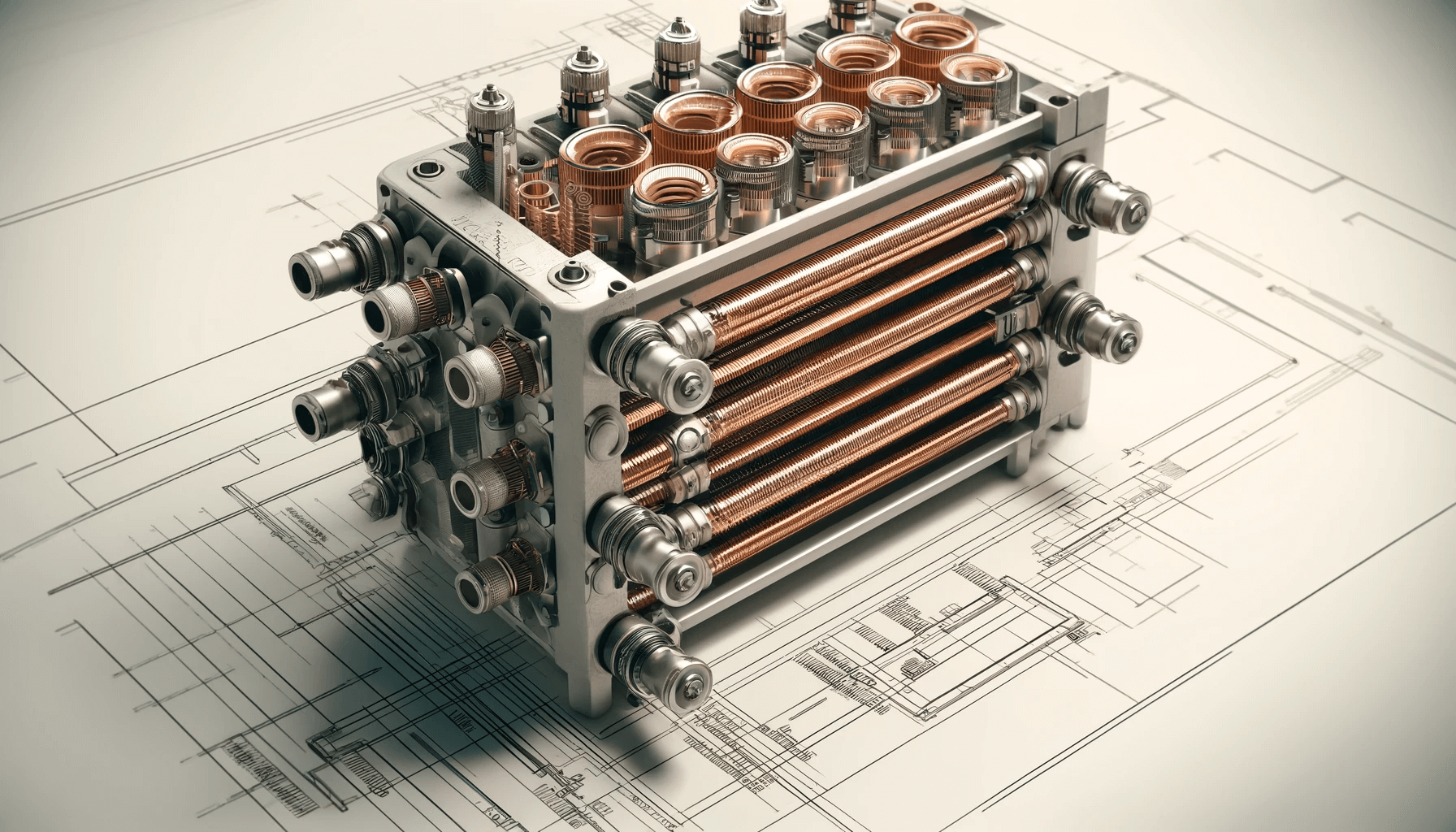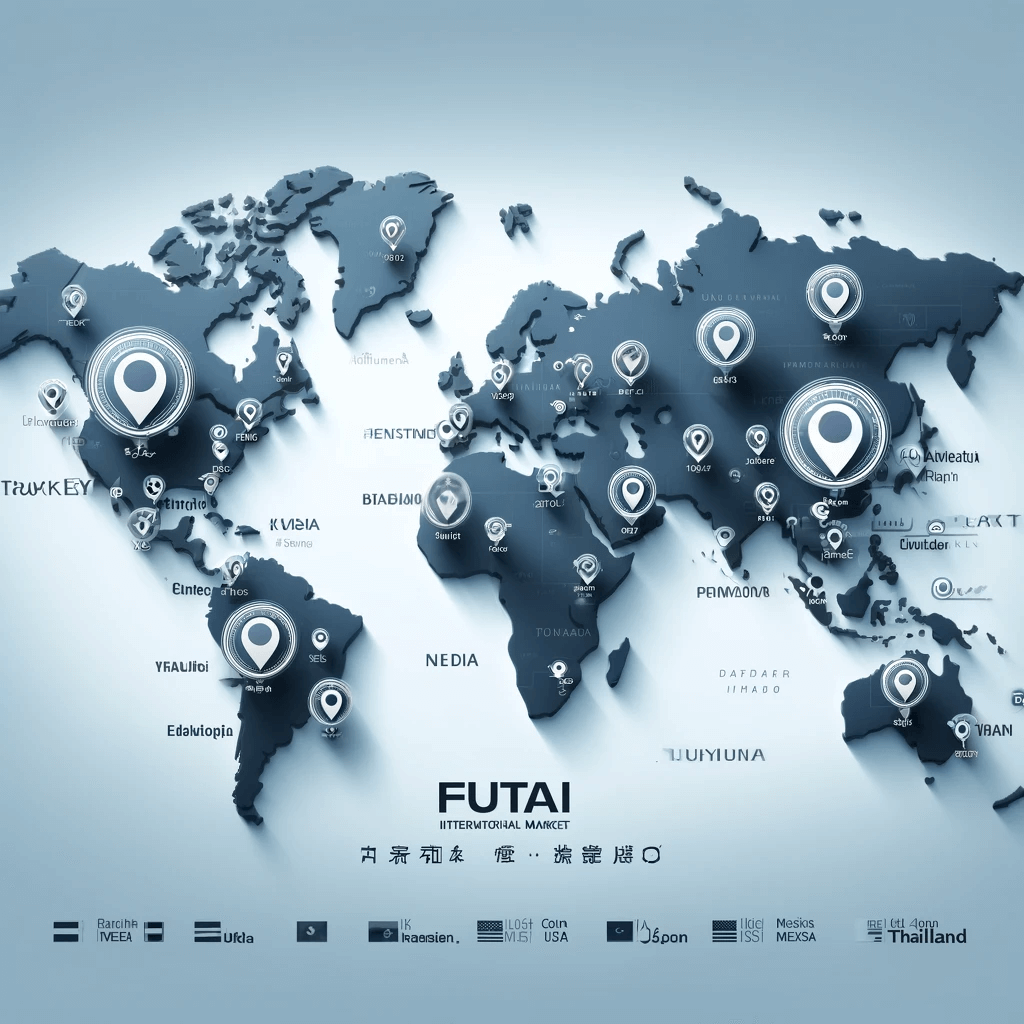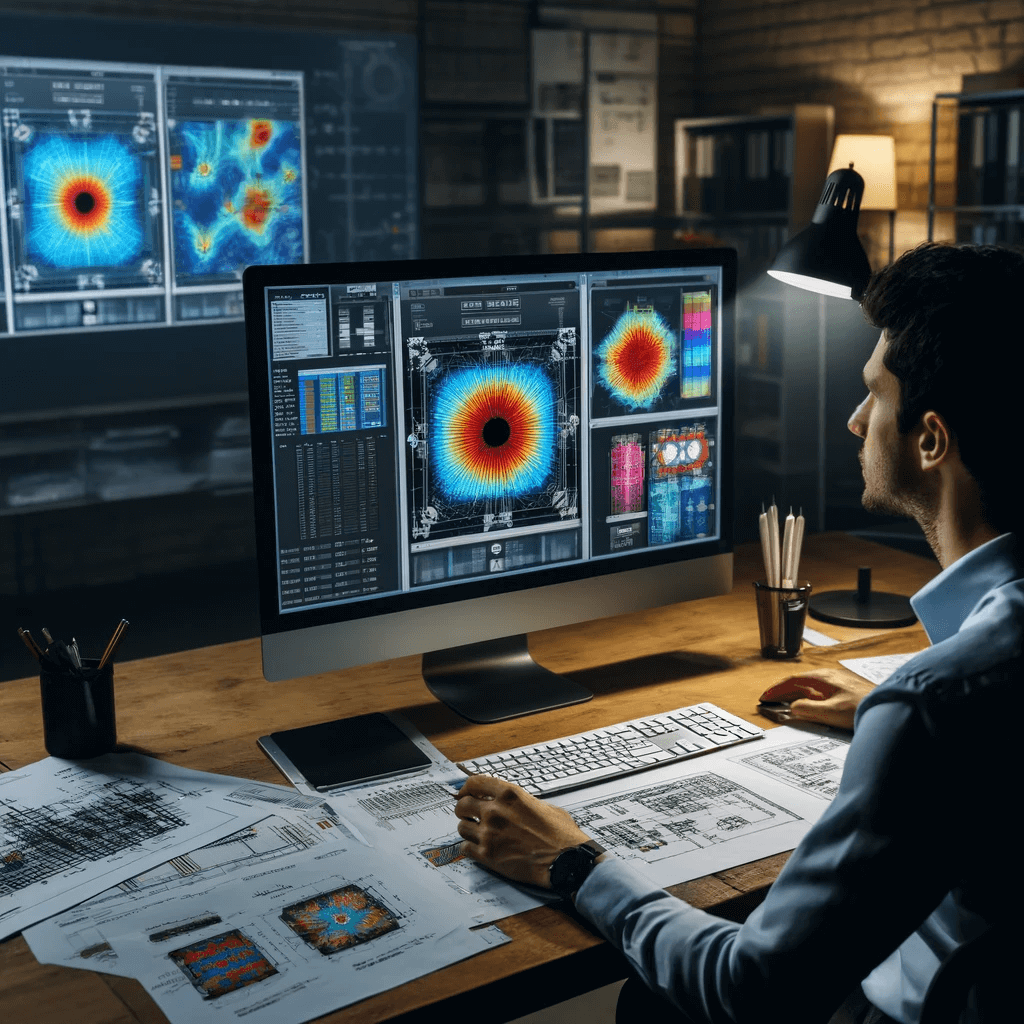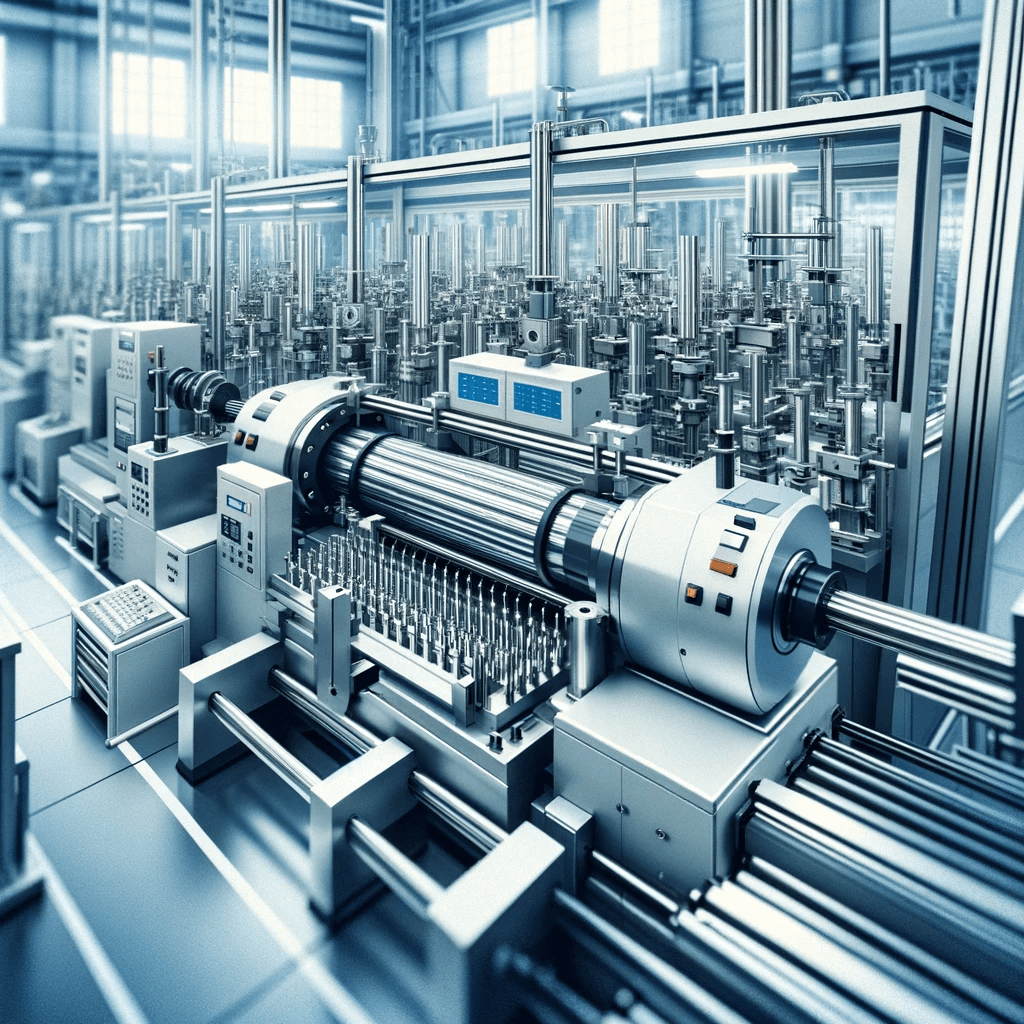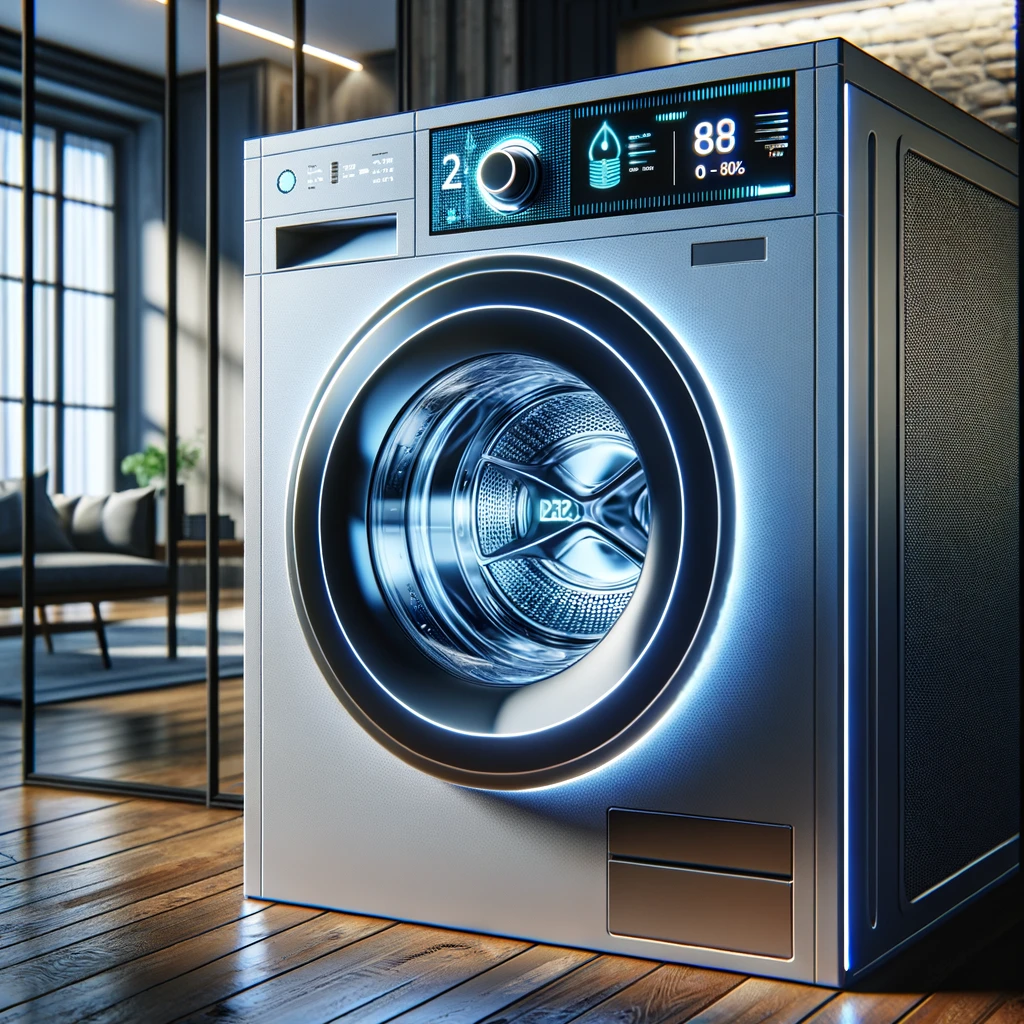Cast aluminum (copper) heaters are widely used in industrial and household applications due to their excellent thermal conductivity and durability, making them a preferred choice for many heating applications. However, during use, the temperature uniformity of the heater at various points significantly impacts its operational efficiency and lifespan. This article will explore measures to ensure the temperature uniformity of cast aluminum (copper) heaters, analyzing various aspects from design, manufacturing, to usage, providing reference for related technical personnel.
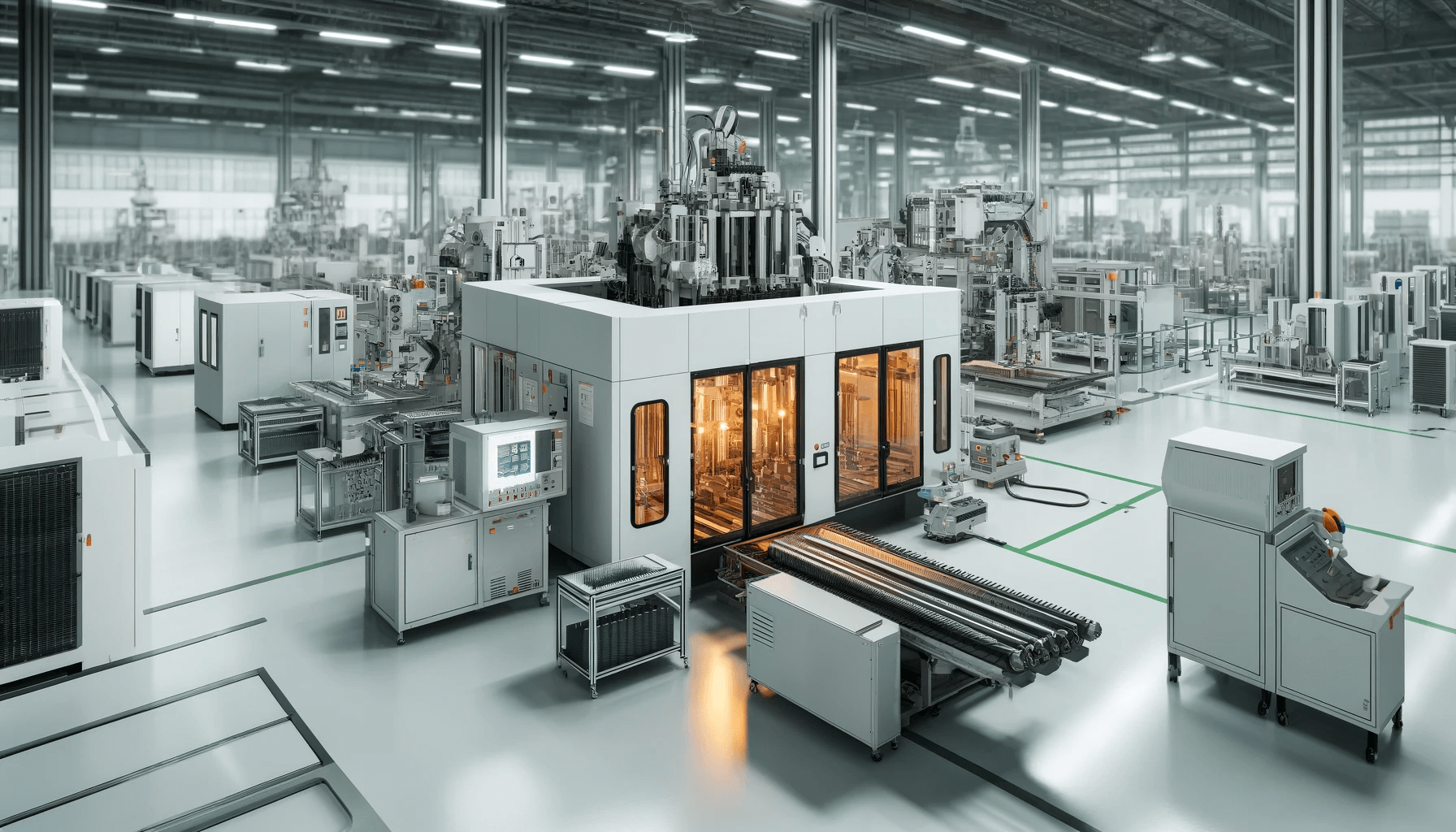
I. Importance of Temperature Uniformity
Temperature uniformity directly affects the performance of cast aluminum (copper) heaters. If the temperature is uneven at different points of the heater, it will lead to uneven heat conduction, potentially causing material overheating or thermal stress concentration, which can shorten the heater’s lifespan and reduce its performance. Additionally, for some precise heating applications, such as industrial ovens or laboratory equipment, uneven temperature distribution can severely affect the accuracy and reliability of process results.
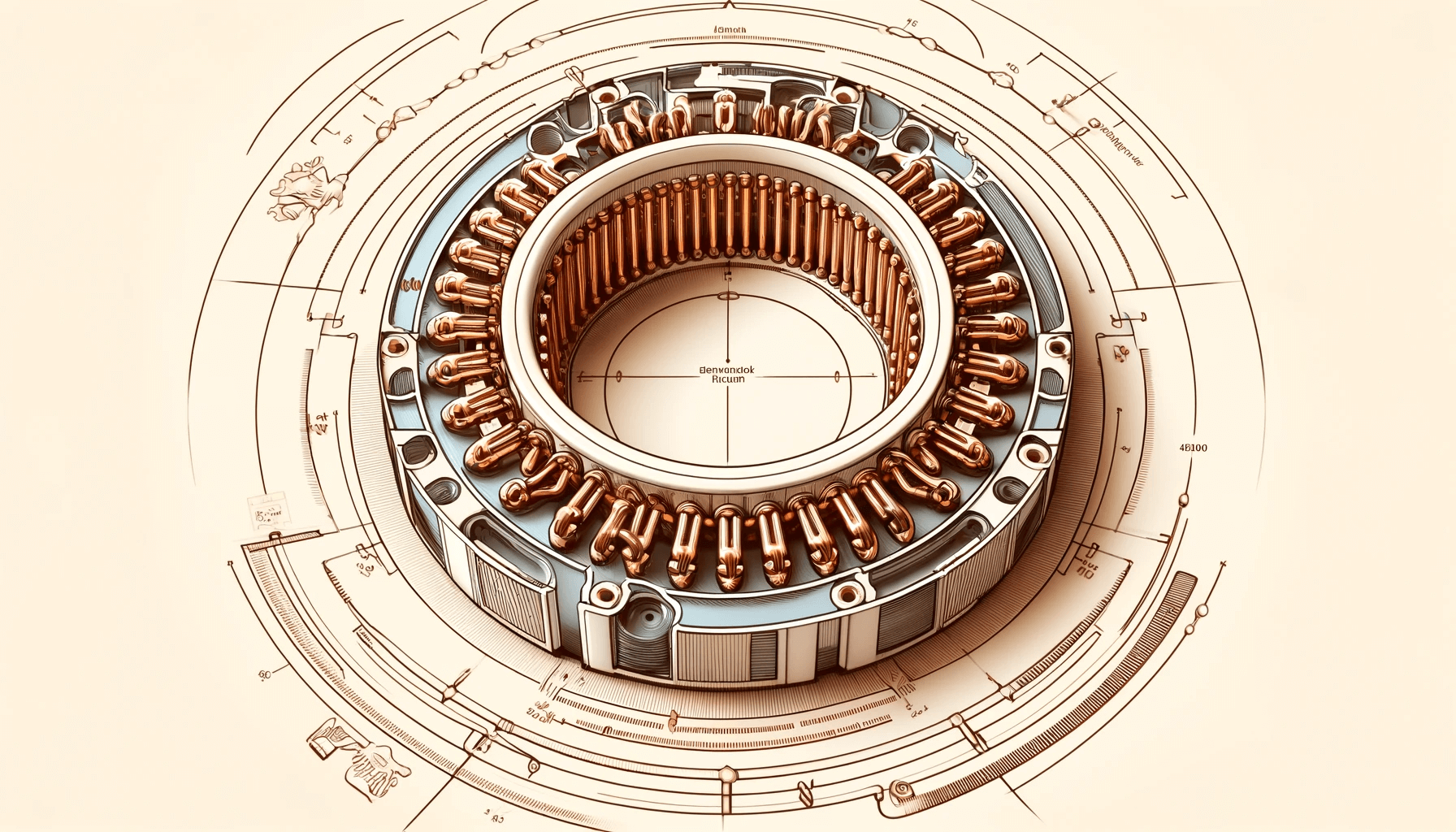
II. Controlling Temperature Uniformity in the Design Phase
1.Rational Layout of Heating Elements
During the design phase, the layout of heating elements should be thoroughly considered. The heating elements should be evenly distributed within the heater to ensure equal heat conduction paths at all points, avoiding local overheating. For ring-shaped heaters, adopting a circular uniform layout for the heating elements can ensure uniform heat output at all points.
2. Selecting Appropriate Materials
The choice of cast aluminum (copper) materials significantly impacts temperature uniformity. High-quality aluminum (copper) materials with good thermal conductivity and uniform internal structure can effectively enhance the heater’s temperature uniformity. The material selection process should comprehensively consider thermal conductivity, heat resistance, and mechanical properties.
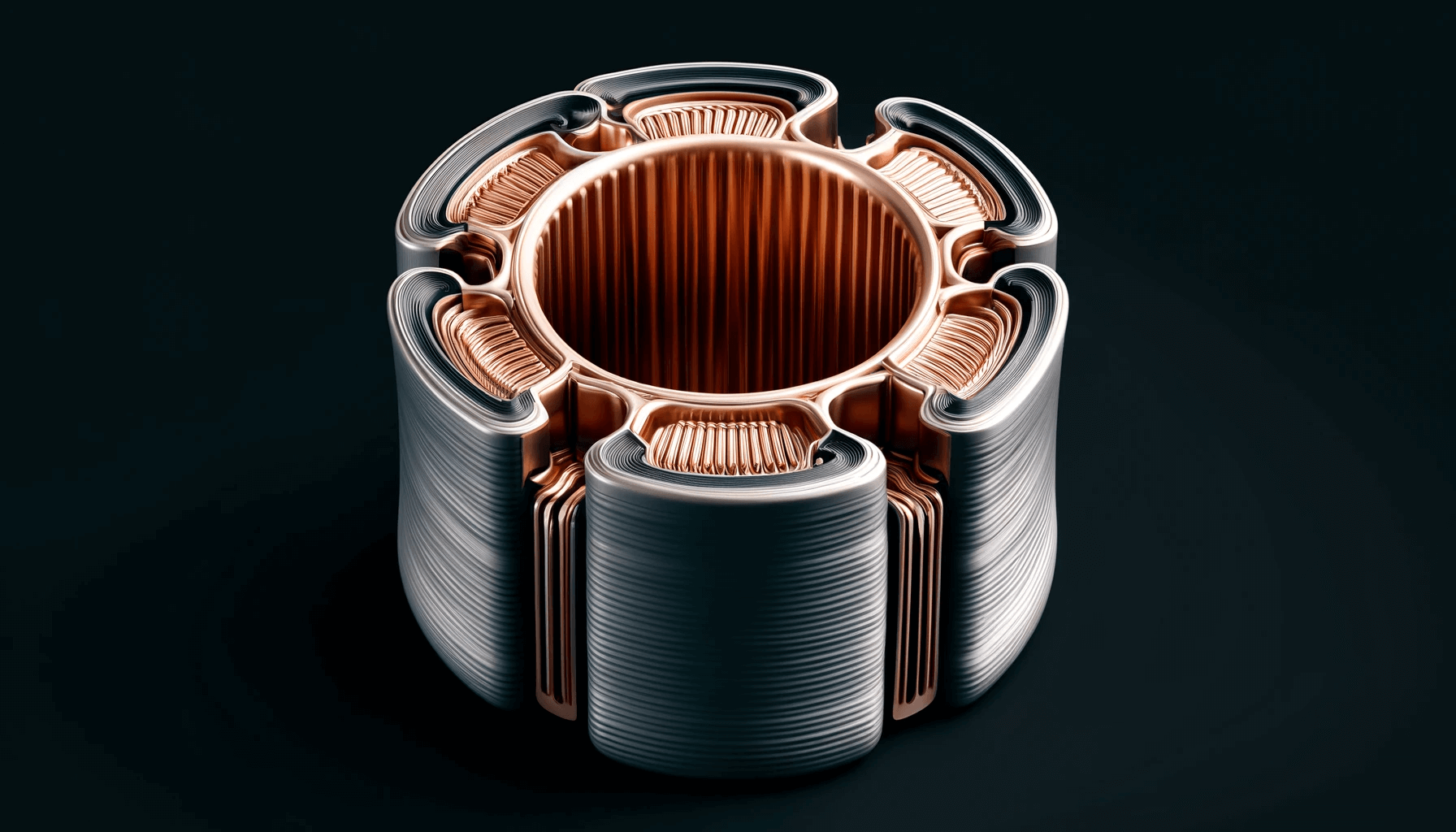
III. Controlling Temperature Uniformity in the Manufacturing Process
1. Precision Casting Techniques
Employing precision casting techniques ensures the geometric dimensional accuracy and material uniformity of cast aluminum (copper) heaters. Precision casting methods, including investment casting and sand casting, achieve uniform and defect-free cast aluminum (copper) heaters through precise control of the casting process’s temperature and cooling rate.
2. Automated Production Equipment
Modern automated production equipment, such as automatic pipe bending machines, automatic powder filling machines, and automatic welding machines, significantly improve the precision and consistency in the heater manufacturing process. Automatic pipe bending machines ensure accurate bending angles and positions of heating tubes, guaranteeing uniform distribution of heating elements. Automatic powder filling machines precisely control the quantity and distribution of fillers, ensuring internal material uniformity of the heater. Automatic welding machines ensure the quality and consistency of welding joints, avoiding local overheating issues caused by welding defects.
IV. Controlling Temperature Uniformity in the Usage Process
1. Rational Placement of Temperature Sensors
During usage, temperature sensors should be reasonably placed to monitor the temperature at various points of the heater in real-time. Through precise temperature control systems, dynamic adjustments can be made to the heater to ensure temperature uniformity at all points. For large heater systems, a multi-point temperature monitoring and control scheme can be adopted to further enhance temperature uniformity.
2. Regular Maintenance and Calibration
After a period of use, heaters may exhibit uneven temperature distribution due to material aging or environmental changes. Therefore, regular maintenance and calibration of the heater are essential. During maintenance, the operational status of heating elements and the accuracy of temperature sensors should be checked, and damaged components should be replaced promptly to ensure the heater’s temperature uniformity.
V. Case Analysis
A company using cast aluminum heaters found that its temperature distribution was uneven, leading to unstable product quality. After technical analysis and improvements, the following measures were adopted:
1. Optimizing the Layout of Heating Elements
The existing heating elements were rearranged to ensure their even distribution within the heater.
2. Improving Material Quality
Replaced with high thermal conductivity aluminum alloy material to enhance the overall thermal conductivity of the heater.
3. Introducing Automated Equipment
Introduced advanced automatic pipe bending machines and automatic powder filling machines to improve manufacturing precision and consistency.
4. Strengthening Temperature Monitoring
Increased the number of temperature sensors to achieve multi-point monitoring and control.
After implementing these improvement measures, the company’s heater temperature uniformity significantly improved, and product quality stability greatly enhanced.
Conclusion
The temperature uniformity of cast aluminum (copper) heaters is a crucial factor affecting their performance and lifespan. Throughout the design, manufacturing, and usage processes, various measures should be taken to ensure temperature uniformity. By rationally laying out heating elements, selecting high-quality materials, adopting precision manufacturing techniques and automated production equipment, and enhancing temperature monitoring and maintenance, the temperature uniformity of heaters can be effectively improved, thereby increasing their operational efficiency and reliability.
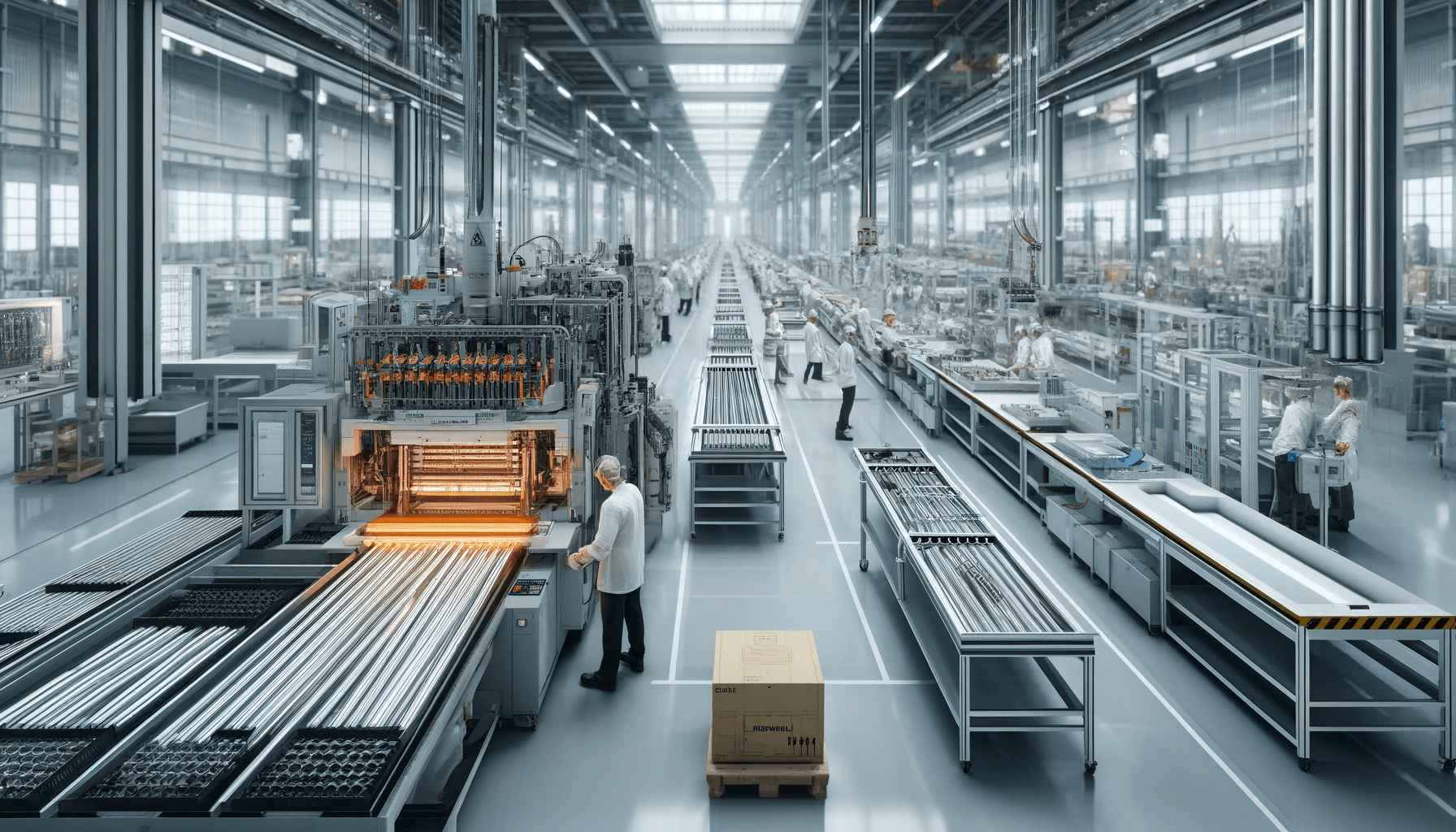
To further improve the temperature uniformity of heaters, many companies have chosen FUTAI’s automated production equipment. Established in 1999, Tongli Machinery (FUTAI), located in Huiyang District, Huizhou City, Guangdong Province, China, occupies 12,000 square meters with a self-built plant of over 6,000 square meters. As one of the largest professional factories manufacturing the whole set of automated heating elements machinery and intelligent assembly production lines in China, FUTAI not only supplies a large number of products to the domestic market but also continuously develops its presence in the overseas market in various countries such as Turkey, India, Russia, Brazil, the US, Mexico, Japan, Thailand, and so on. FUTAI integrates R&D, production, marketing, and service, holding independent property rights for most of the machines. By constantly upgrading products and improving product quality, many companies using FUTAI’s equipment have significantly improved manufacturing precision and consistency, effectively ensuring temperature uniformity at all points of the heaters.
It is hoped that the discussion in this article will provide useful reference and inspiration for related technical personnel, and we look forward to more companies cooperating with FUTAI to create a brighter future together.

